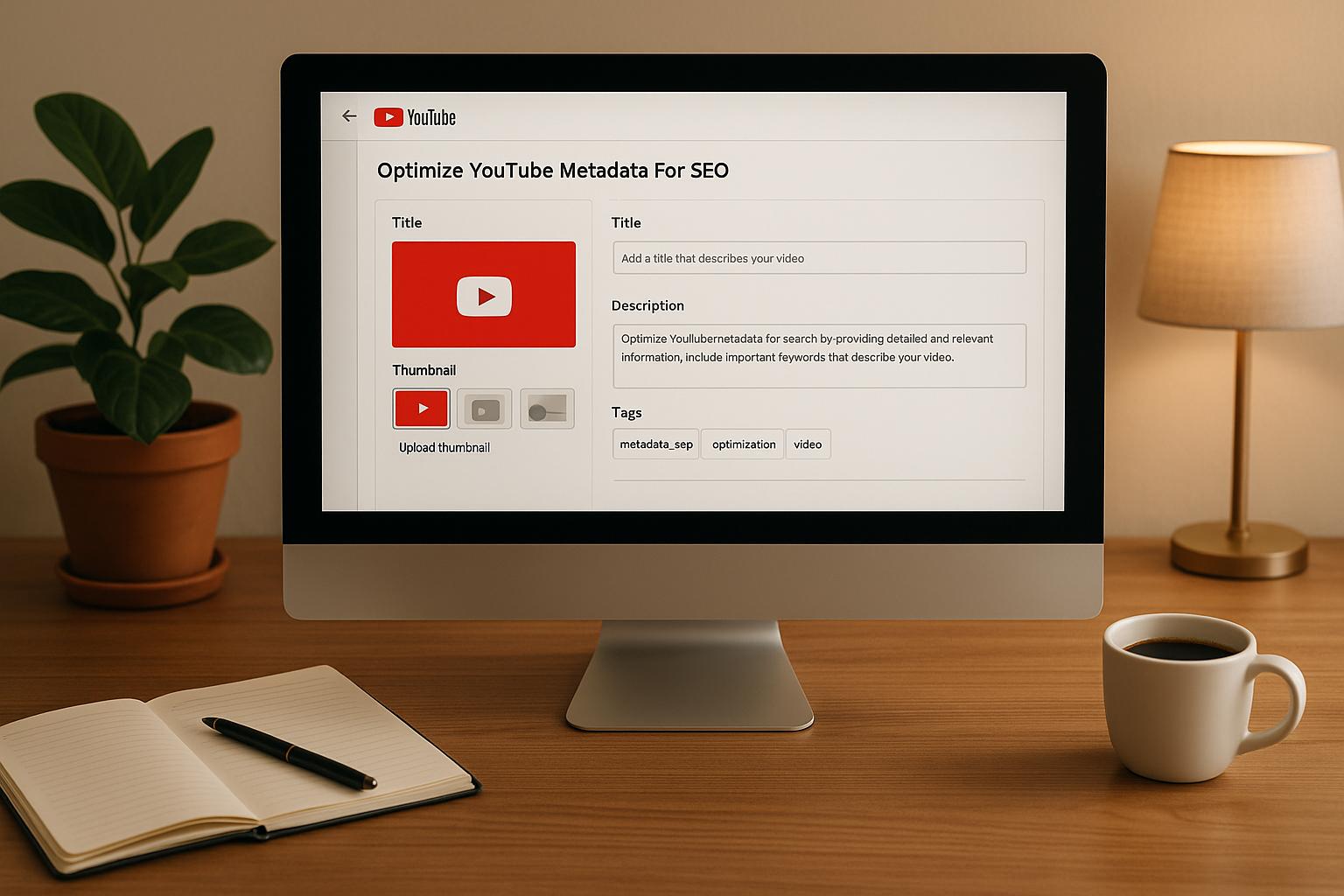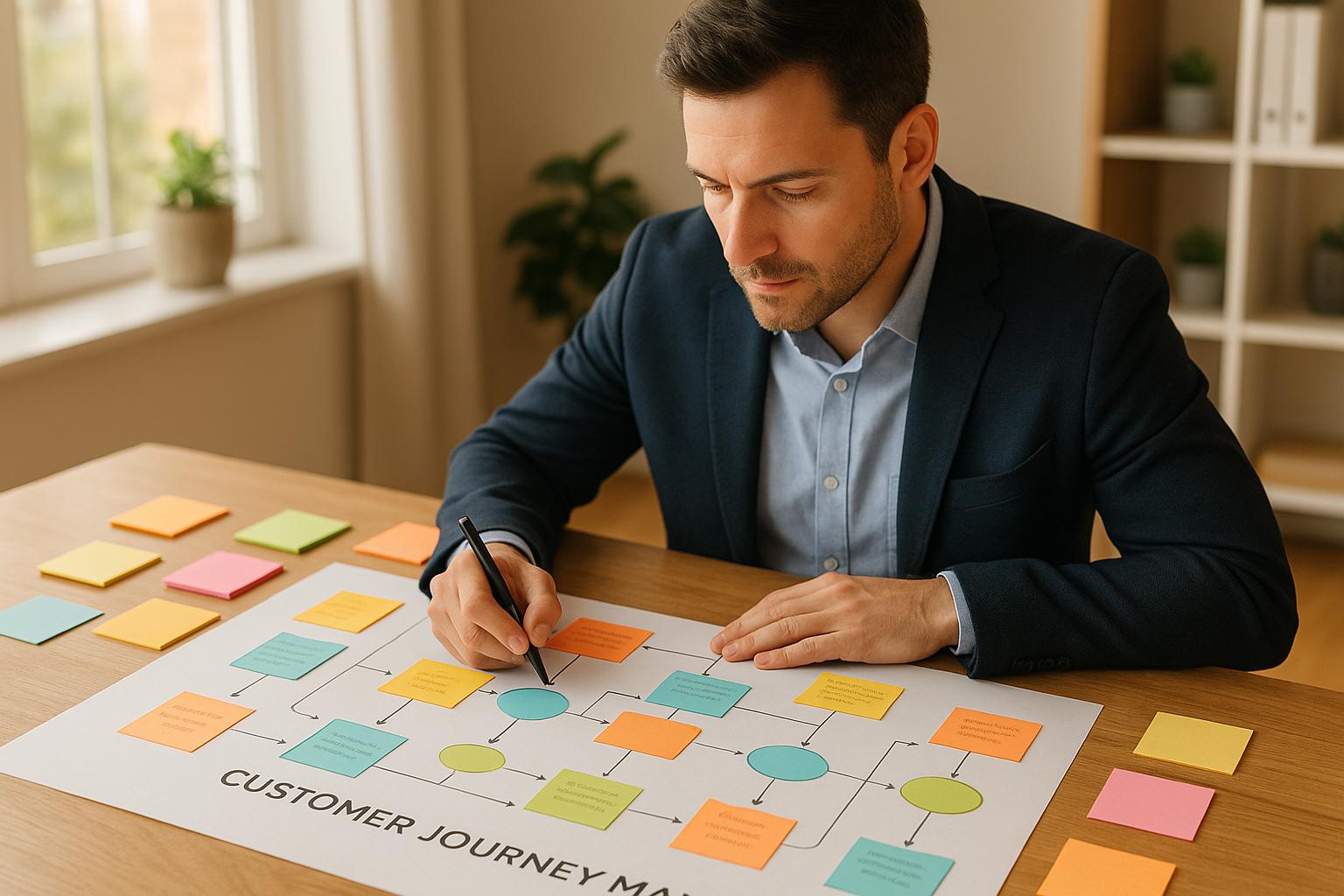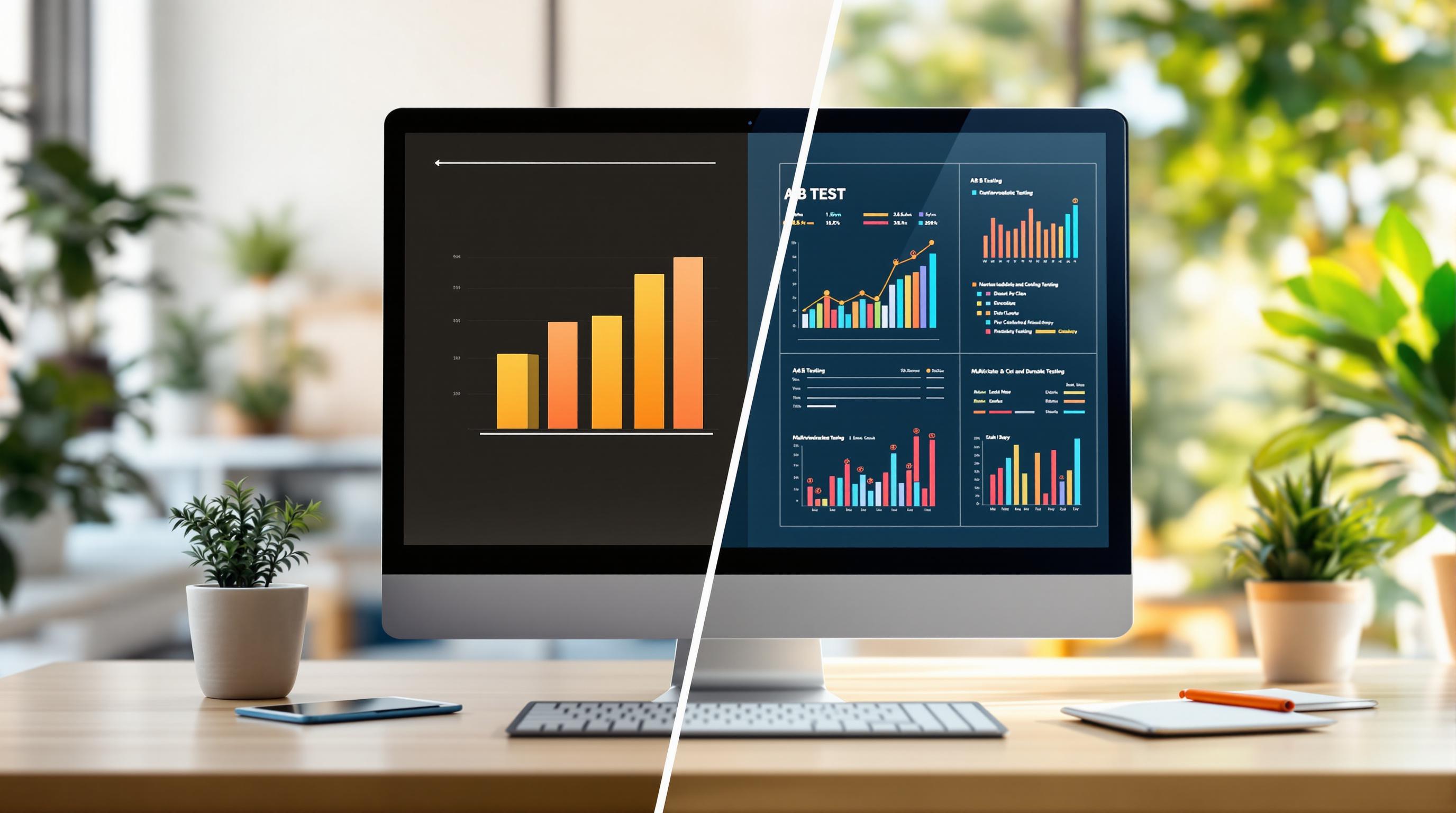B2B drip campaigns are a powerful way to engage leads, nurture prospects, and boost conversions through automated, personalized email sequences. Here’s what you’ll learn from these 7 case studies:
- SuperOffice: Educational emails increased CRM conversions by 30%.
- Leadfeeder: Trial-to-paid conversions rose by 25% with feature-focused emails.
- Box: Onboarding emails drove faster user activation with step-by-step guidance.
- Gilt: Cart recovery emails recovered lost sales with timely reminders and urgency.
- HubSpot: Personalized account-based emails sped up sales cycles and demo requests.
- Zendesk: Retention emails cut churn by 50% and raised CLV by 30%.
- B2B Event Campaign: Event emails boosted registrations and engagement with phased communication.
Key Takeaways:
- Segment your audience for targeted messaging.
- Use personalized, educational content to keep leads engaged.
- Time emails strategically to match the buyer’s journey.
- Leverage behavioral triggers to adapt email frequency and content.
By applying these strategies, you can create drip campaigns that drive measurable results at every stage of the customer journey.
B2B Email Marketing Strategies for 2024
SuperOffice: CRM Education Campaign
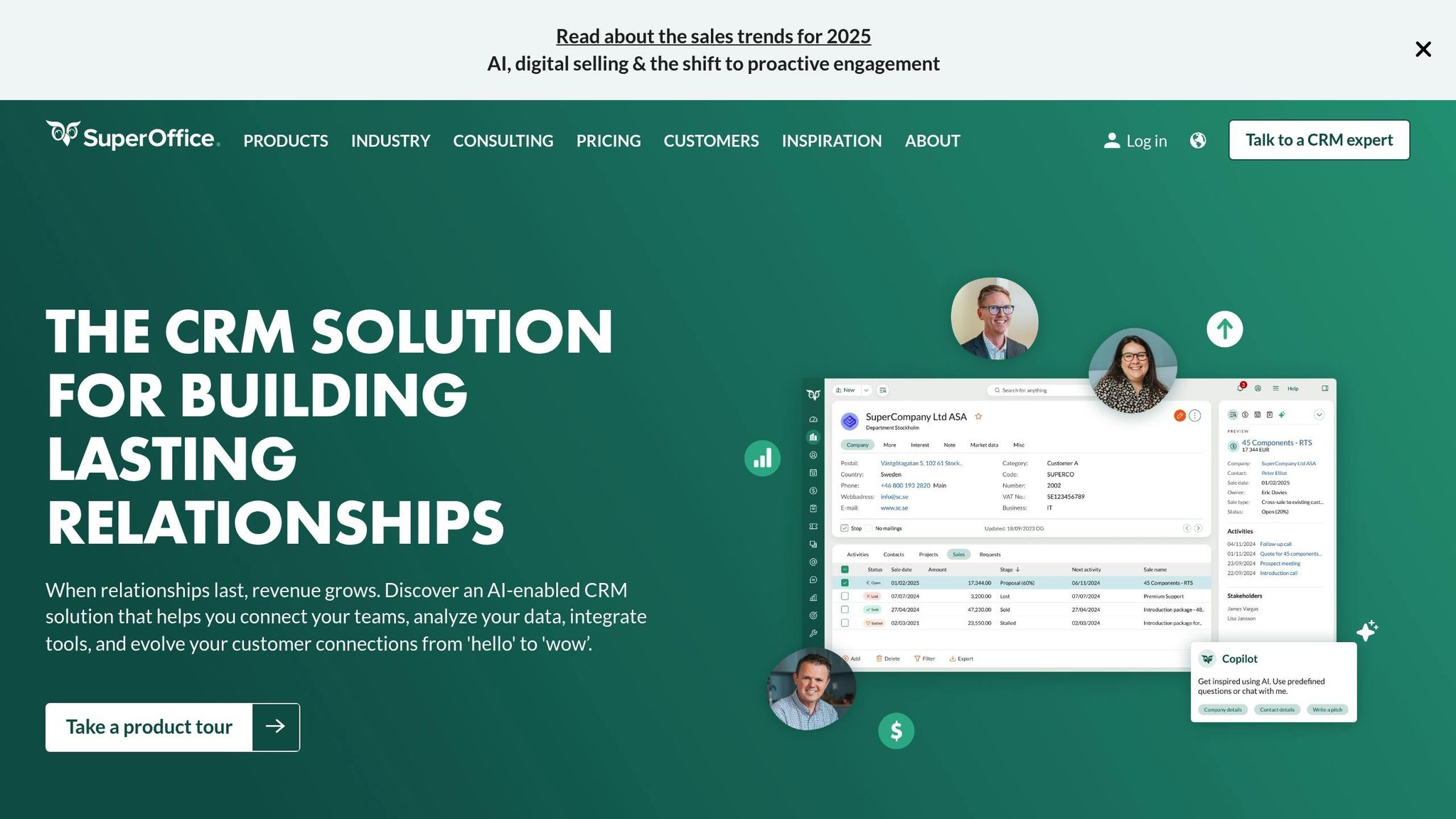
SuperOffice created a drip campaign triggered by white paper downloads to inform prospects about CRM benefits and guide them through the sales funnel.
Campaign Goals
The campaign aimed to:
- Help prospects better understand the value of CRM
- Boost conversion rates, achieving a 30% higher conversion rate compared to typical campaigns [1]
How It Worked
The campaign was structured around two main steps:
-
Triggering Engagement
The campaign began when a prospect downloaded the CRM white paper. -
Educational Email Series
A short sequence of emails followed, highlighting CRM benefits in a clear and engaging way.
Results
This education-first strategy delivered strong results:
| Metric | Performance |
|---|---|
| Conversion Rate Growth | 30% higher than standard campaigns [1] |
These results show how well-crafted educational content can outperform traditional promotional tactics in B2B marketing, offering valuable lessons for future drip campaigns.
Leadfeeder: Trial-to-Paid Campaign
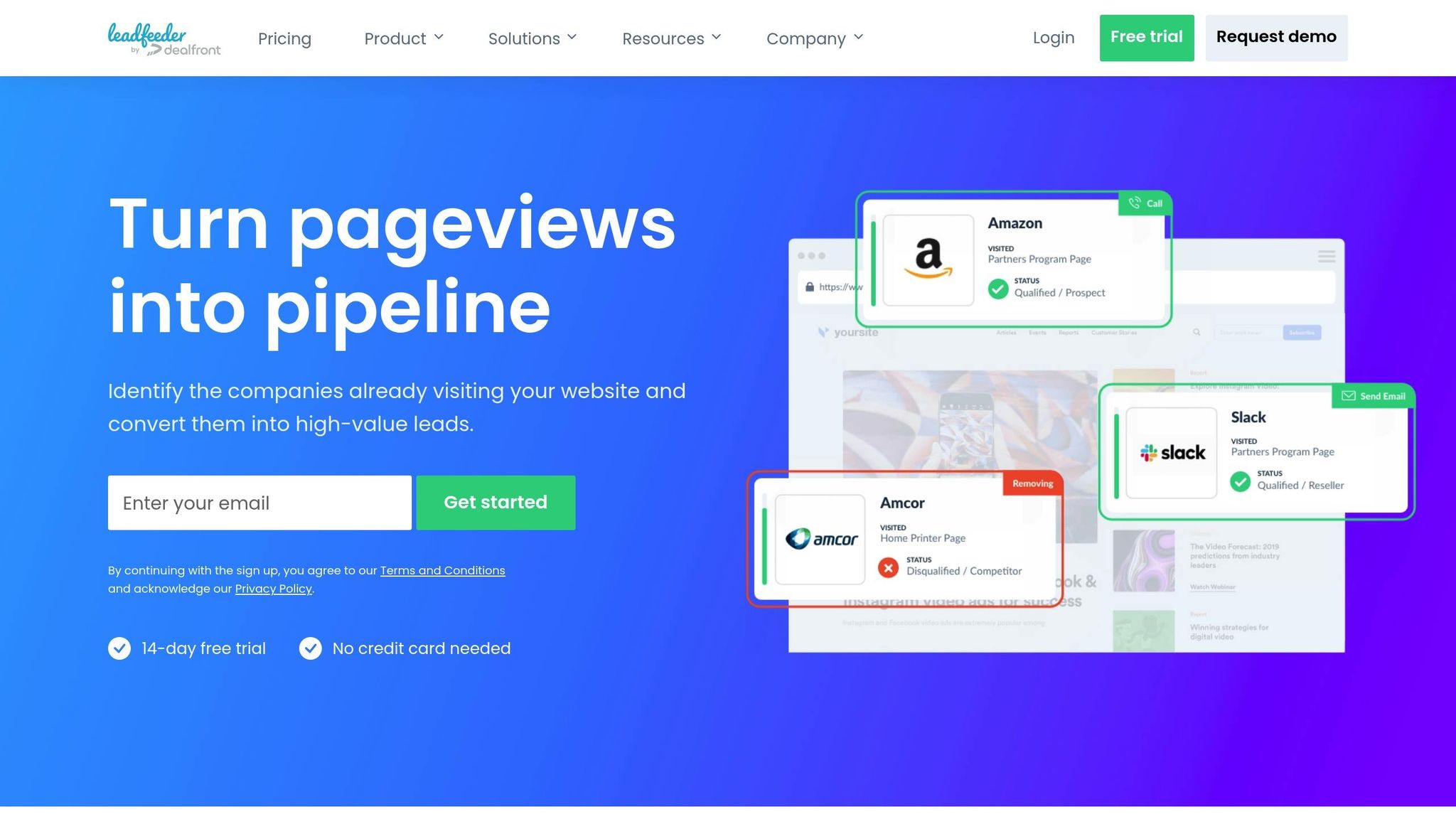
Leadfeeder ran a drip email campaign aimed at turning trial users into paying customers.
Campaign Goals
The campaign focused on two key objectives:
- Boosting the conversion rate from trial users to paying customers
- Showing the product's value throughout the trial period
Similar to the SuperOffice campaign, this strategy relied on timely and focused communication.
Implementation Steps
The email sequence began as soon as a user signed up for a free trial:
- Welcome and Setup: A welcome email was sent to help users get started with their trial.
- Highlighting Features: Follow-up emails showcased the product's key features and advantages.
This structured approach helped encourage users to convert.
Performance Data
The campaign delivered a 25% boost in trial-to-paid conversions:
| Metric | Result |
|---|---|
| Trial-to-Paid Conversion Rate | 25% |
This outcome highlights how targeted email sequences can effectively drive conversions.
Box: User Onboarding Campaign

Box launched a drip email campaign aimed at getting new trial users actively engaged with its cloud storage platform.
Campaign Goals
The campaign aimed to:
- Increase trial user activation
- Reduce the time it takes for users to upload their first file
- Promote the use of collaboration features
Implementation Steps
Box created an email sequence that showcased key platform features:
-
Day 1: Welcome and Quick Start
The first email welcomed users and encouraged them to upload their first file. It included a personalized video tutorial and a one-click upload option. -
Day 3: Collaboration Features
This email focused on file sharing and setting up team folders. It provided practical examples to show how users could collaborate more effectively. -
Day 7: Advanced Features
The final email introduced features like version control, custom workflows, and enhanced security. It also explained how these tools could be applied in real-world scenarios.
| Email Timing | Focus Area | Key Action |
|---|---|---|
| Day 1 | Platform Introduction | First Upload |
| Day 3 | Team Collaboration | File Sharing |
| Day 7 | Advanced Features | Workflow Setup |
This step-by-step approach helped users quickly understand and engage with the platform.
Performance Data
While exact metrics weren’t shared, the campaign led to noticeable improvements in user activation and engagement. By focusing on quick wins and collaboration tools, Box helped new users see value faster and adopt more features.
sbb-itb-a84ebc4
Gilt: Cart Recovery Campaign
Gilt launched a cart recovery campaign targeting B2B buyers who abandoned bulk purchase orders. The goal was to recover lost sales by encouraging customers to complete their transactions through a carefully planned email sequence.
Campaign Goals
The campaign aimed to win back sales from abandoned carts by sending personalized, timely emails. These emails reminded buyers of their incomplete orders while emphasizing Gilt's B2B benefits and maintaining its premium brand image.
Implementation Steps
Gilt used a series of emails triggered by cart abandonment to re-engage buyers:
-
Immediate Reminder
The first email reminded customers about the items left in their cart. It featured clear visuals and simple call-to-action links, making it easy for buyers to return to checkout. -
Value Reminder
The second email highlighted the perks of buying from Gilt. This included bulk order discounts, priority services, and dedicated account support - features designed to appeal to B2B clients. -
Final Incentive
The last email introduced a limited-time offer to create urgency, motivating buyers to complete their purchase.
Each email was designed to align with Gilt's premium branding and delivered a consistent, persuasive message. This approach helped guide customers back to their carts effectively.
Performance Data
The campaign led to higher cart recovery rates and increased order values. Its success also highlighted the potential for further personalization based on customer behavior.
HubSpot: Targeted Account Campaign
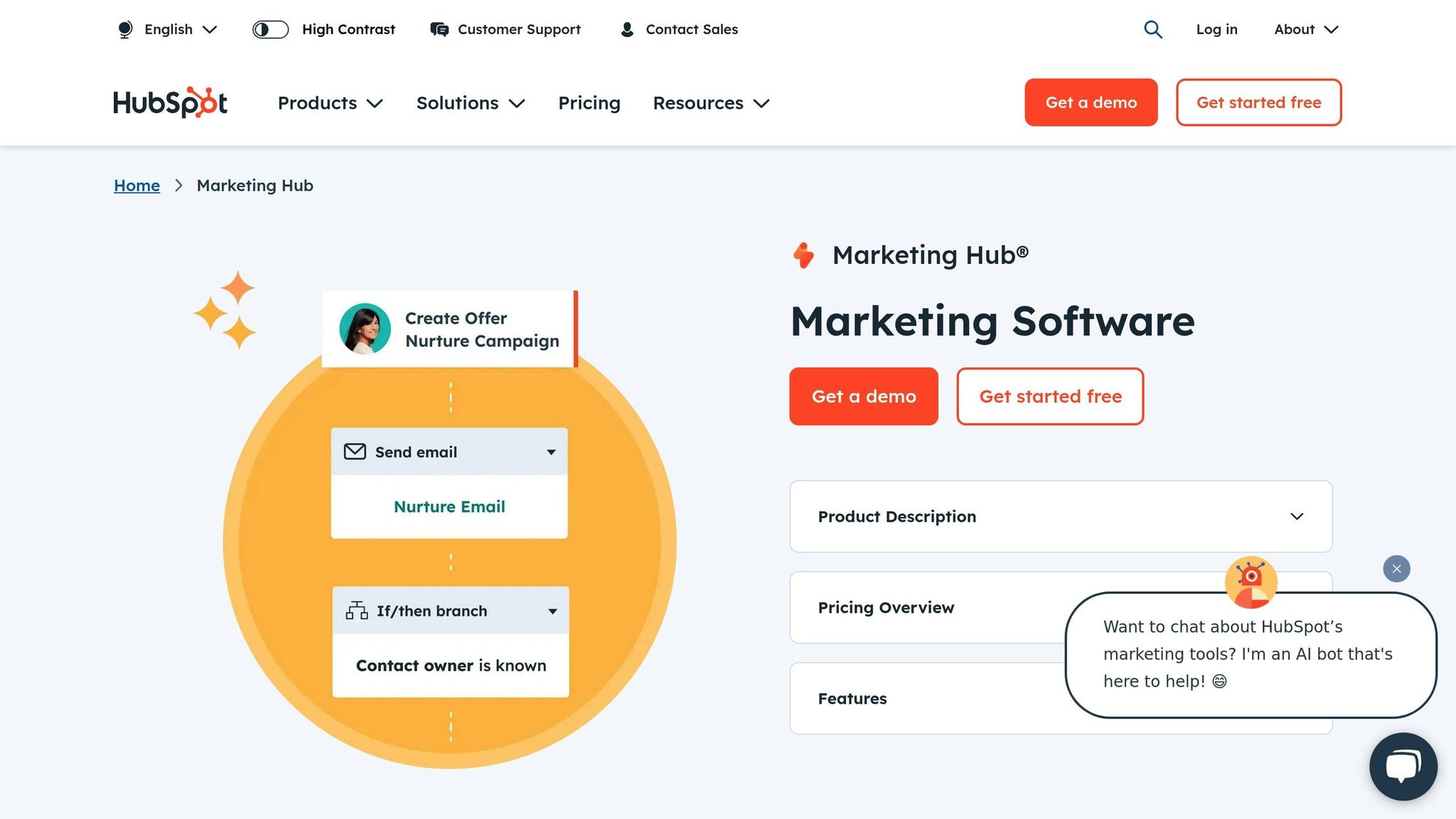
HubSpot's campaign highlights how personalized drip emails can effectively engage high-value B2B prospects by delivering messages that are both timely and tailored.
Campaign Goals:
- Increase engagement with high-value accounts
- Speed up sales cycles through personalized, well-timed interactions
- Drive more demo requests
- Build stronger connections with decision-makers
Implementation Steps
HubSpot's approach included:
- Segmenting target accounts based on specific attributes
- Crafting content to address each account's unique challenges and interests
- Tracking engagement signals to refine messaging and timing
This combination of segmentation and tailored communication created a framework for improved engagement.
Performance Data
While specific metrics aren't provided, this campaign showcases HubSpot's focus on personalized strategies. It serves as a reminder of how tailored drip campaigns can enhance the success of B2B marketing efforts.
Customer Retention Email Series
Zendesk created a customer retention email campaign to strengthen B2B relationships after purchase and boost long-term revenue.
Campaign Goals
Zendesk's campaign aimed to achieve four key goals:
- Increase customer lifetime value (CLV) by 25% within 12 months
- Lower the churn rate from 5.8% to under 3%
- Improve product adoption rates across their enterprise software suite
- Encourage engagement with educational resources and support channels
To meet these goals, the campaign was rolled out in three phases.
Implementation Steps
Zendesk designed a 6-month email sequence tailored to customer segments based on their usage patterns and engagement levels:
-
Initial Onboarding (Weeks 1-4)
This phase included personalized welcome emails introducing essential features and success metrics. Accounts with low early adoption were assigned a dedicated Customer Success Manager. -
Value Reinforcement (Months 2-3)
Emails highlighted specific benefits, including:- Custom ROI reports detailing cost savings
- Invitations to personalized product training sessions
- Case studies from companies in similar industries
-
Expansion Opportunities (Months 4-6)
The final phase encouraged cross-selling and deeper platform use by offering tailored integration guides, exclusive webinar invites, and early access to beta features.
Performance Data
The campaign produced notable results in its first year (2024–2025):
| Metric | Before Campaign | After Campaign | Improvement |
|---|---|---|---|
| Customer Churn Rate | 5.8% | 2.9% | 50% reduction |
| Product Adoption | 65% | 82% | 26% increase |
| Average CLV | $45,000 | $58,500 | 30% increase |
| NPS Score | 32 | 45 | 41% increase |
Key factors driving these results included:
- Using behavioral triggers to adjust email frequency based on engagement
- Personalizing content dynamically with industry-specific data
- Leveraging product usage analytics to identify at-risk accounts
- Proactively reaching out to accounts showing signs of potential churn
Following these results, Zendesk expanded the program across its customer base in Q2 2025, adding language and regional customizations.
B2B Event Email Series
A top B2B company launched an email drip campaign to promote its annual conference, showing how targeted communication can increase registrations, attendance, and engagement. This campaign highlights how customized messaging at every stage can lead to event success and foster ongoing connections.
Campaign Goals
The campaign aimed to achieve three main objectives:
- Increase registrations for both in-person and virtual attendance
- Ensure a high attendance rate among those registered
- Drive revenue through ticket sales and sponsorships
Implementation Steps
The email campaign was divided into three phases:
- Pre-Event Phase
- Promote early-bird discounts
- Share sneak peeks of the event
- Showcase success stories from past events
- Registration Phase
- Send automated reminders to encourage sign-ups
- Suggest relevant content to potential attendees
- Use countdown messages to maintain momentum
- Post-Event Follow-Up
- Provide access to session recordings
- Share presentation slides and materials
- Encourage community discussions
- Promote early registration for upcoming events
Performance Data
This structured, multi-phase approach led to higher registrations, stronger engagement, and increased event revenue. The campaign demonstrated how segmented drip emails can deliver both immediate results and lasting benefits in a B2B setting.
Conclusion
These seven B2B drip campaign case studies highlight how well-planned email automation can influence business results at every stage of the customer journey. From SuperOffice's CRM-focused emails to HubSpot's targeted account strategies, the examples underline the power of tailored communication.
Here are some recurring success factors:
- Detailed Segmentation: Campaigns with precise audience segmentation saw better conversion rates than generic approaches.
- Consistent Engagement: Reaching out through multiple touchpoints helped drive more conversions.
- Dynamic Personalization: Using personalized content led to higher click-through rates.
- Perfect Timing: Sending emails at the right time boosted open rates significantly.
The B2B event email campaigns demonstrated how drip strategies can encourage immediate actions, such as event sign-ups, while also fostering ongoing engagement and building a sense of community. This phased approach serves as a solid framework for successful event marketing.
Marketing Funnels Directory Resources
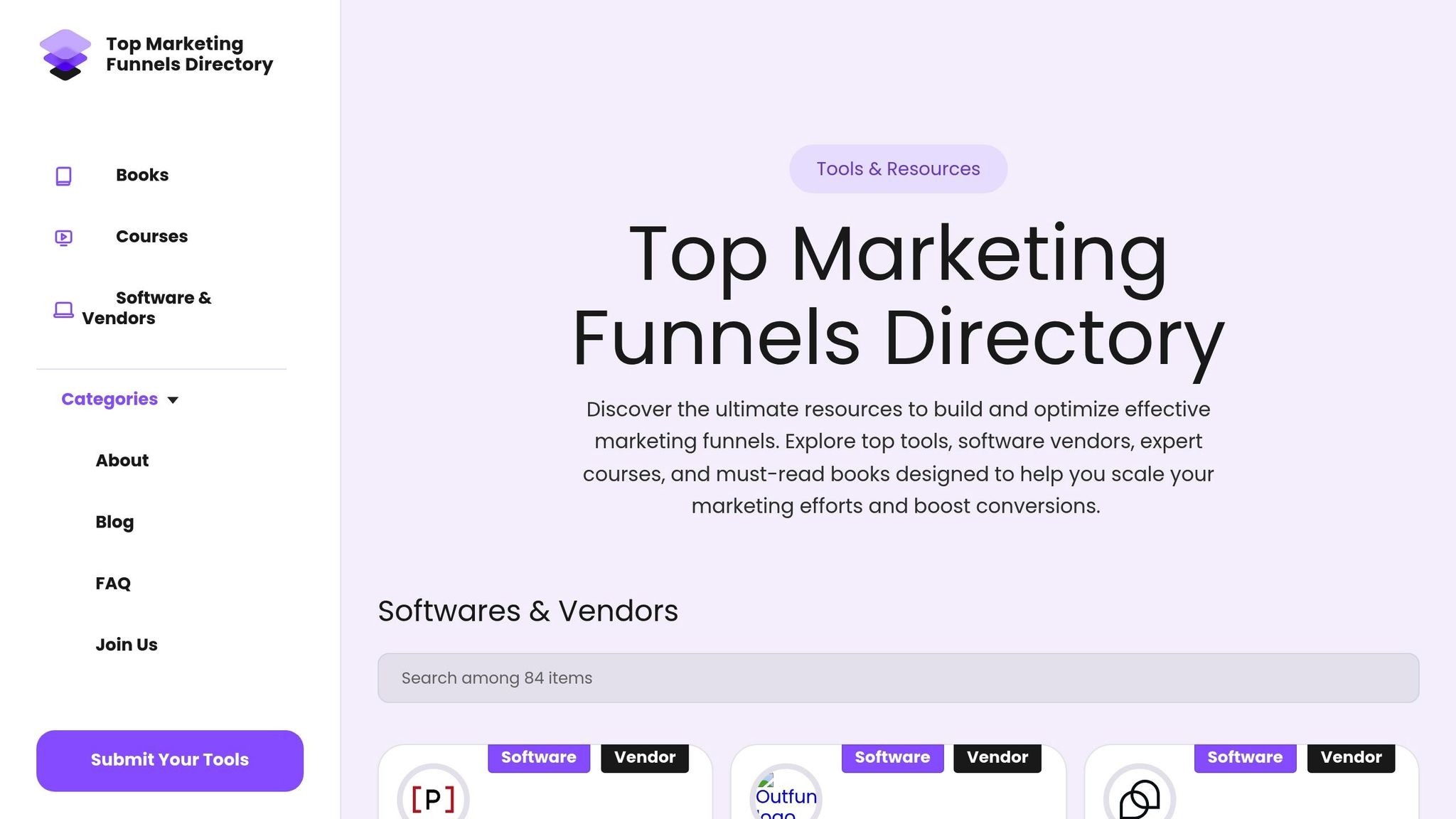
To put these strategies into action, check out the Marketing Funnels Directory. It offers tools and insights for:
- Choosing the right marketing automation software
- Generating and qualifying leads
- Creating personalized content strategies
- Tracking campaign performance
- Optimizing sales funnels
With these resources, businesses can design drip campaigns that effectively guide leads through every stage of the marketing funnel. Whether you're working on user onboarding or recovering abandoned carts, the right approach can improve results and maximize ROI.
